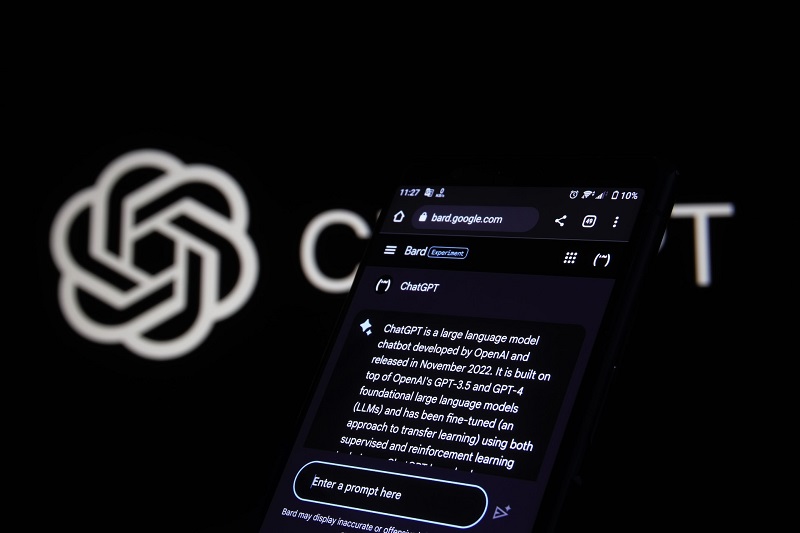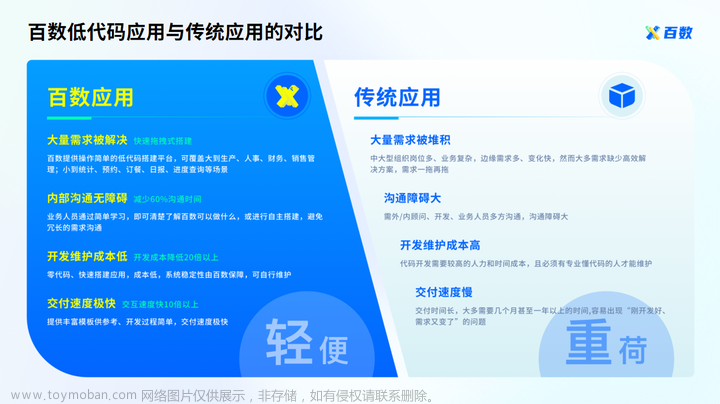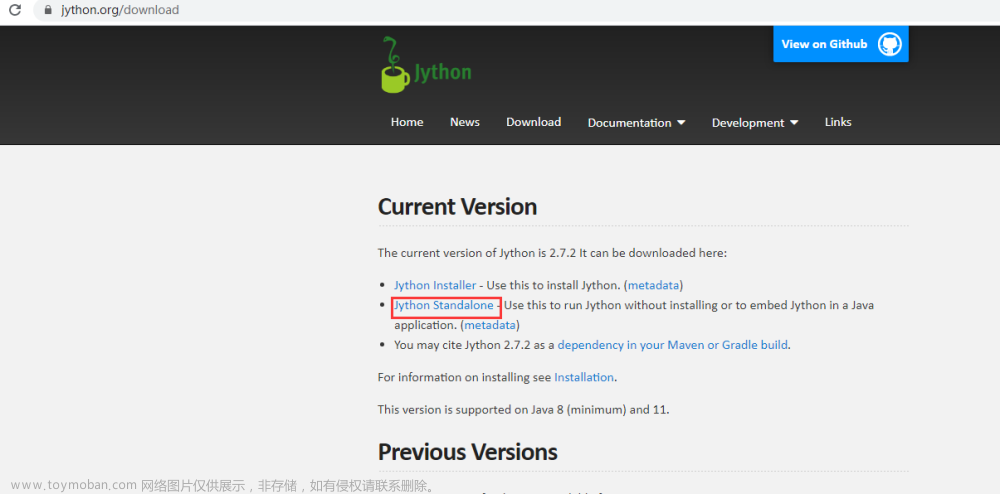Python 正在成为各种应用程序开发人员中越来越流行的选择。然而,与任何语言一样,有效扩展Python 服务可能会带来挑战。本文解释了可用于更好地扩展应用程序的概念。通过了解CPU 密集型任务与 I/O 密集型任务、全局解释器锁 (GIL) 的含义以及线程池和 asyncio 背后的机制,我们可以更好地扩展 Python 应用程序。
CPU 限制与 I/O 限制:基础知识
CPU 密集型任务: 这些任务涉及繁重的计算、数据处理和转换,需要大量的 CPU 处理能力。
I/O 密集型任务:这些任务通常等待外部资源,例如读取或写入数据库、文件或网络操作。
文章来源地址https://www.toymoban.com/diary/python/477.html

识别您的服务主要受 CPU 限制还是 I/O 限制是有效扩展的基础。
并发与并行:一个简单的类比
想象一下计算机上的多任务处理:
并发性: 您打开了多个应用程序。即使某一时刻只有一个处于活动状态,您也可以在它们之间快速切换,给人一种它们同时运行的错觉。
并行性: 多个应用程序真正同时运行,就像在下载文件时在电子表格上运行计算一样。
在单核CPU场景下,并发涉及任务的快速切换,而并行则允许多个任务同时执行。

全局解释器锁:GIL
您可能认为扩展受 CPU 限制的 Python 服务就像添加更多 CPU 能力一样简单。然而,Python 标准实现中的全局解释器锁 (GIL) 使这一点变得复杂。GIL 是一种互斥体,确保一次只有一个线程执行 Python 字节码,即使在多核机器上也是如此。此限制意味着 Python 中受 CPU 限制的任务无法充分利用 GIL 的多线程功能。
扩展解决方案:I/O 限制和 CPU 限制
线程池执行器
此类提供了使用线程异步执行函数的接口。虽然 Python 中的线程非常适合 I/O 密集型任务(因为它们可以在 I/O 操作期间释放 GIL),但由于 GIL,它们对于 CPU 密集型任务的效率较低。
异步
asyncio 适合 I/O 密集型任务,为异步 I/O 操作提供事件驱动框架。它采用单线程模型,在 I/O 等待期间将控制权交还给事件循环以执行其他任务。与线程相比,asyncio 更精简,并且避免了线程上下文切换等开销。
这是一个实际的比较。我们以获取 URL 数据(I/O 绑定)为例,并在没有线程的情况下使用线程池并使用 asyncio 来完成此操作。
import requests
import timeit
from concurrent.futures import ThreadPoolExecutor
import asyncio
URLS = [
"https://www.example.com",
"https://www.python.org",
"https://www.openai.com",
"https://www.github.com"
] * 50
# 获取URL数据的函数
def fetch_url_data(url):
response = requests.get(url)
return response.text
# 1. 顺序
def main_sequential():
return [fetch_url_data(url) for url in URLS]
# 2. 线程池
def main_threadpool():
with ThreadPoolExecutor(max_workers=4) as executor:
return list(executor.map(fetch_url_data, URLS))
# 3. 带有请求的异步
async def main_asyncio():
loop = asyncio.get_event_loop()
futures = [loop.run_in_executor(None, fetch_url_data, url) for url in URLS]
return await asyncio.gather(*futures)
def run_all_methods_and_time():
methods = [
("顺序", main_sequential),
("线程池", main_threadpool),
("异步", lambda: asyncio.run(main_asyncio()))
]
for name, method in methods:
start_time = timeit.default_timer()
method()
elapsed_time = timeit.default_timer() - start_time
print(f"{name} 执行时间: {elapsed_time:.4f} seconds")
if __name__ == "__main__":
run_all_methods_and_time()结果
顺序执行时间: 37.9845 seconds
线程池执行时间: 13.5944 seconds
异步执行时间: 3.4348 seconds
结果表明,asyncio 对于 I/O 密集型任务非常高效,因为它最小化了开销并且没有数据同步要求(如多线程所示)。
对于 CPU 密集型任务,请考虑:
多处理:进程不共享 GIL,使得这种方法适合 CPU 密集型任务。但是,请确保生成进程和进程间通信的开销不会削弱性能优势。
PyPy:带有即时 (JIT) 编译器的替代 Python 解释器。PyPy 可以提高性能,特别是对于 CPU 密集型任务。
在这里,我们有一个正则表达式匹配的示例(CPU 限制)。我们在没有任何优化的情况下使用多处理来实现它。
import re
import timeit
from multiprocessing import Pool
import random
import string
# 非重复字符的复杂正则表达式模式。
PATTERN_REGEX = r"(?:(\w)(?!.*\1)){10}"
def find_pattern(s):
"""Search for the pattern in a given string and return it, or None if not found."""
match = re.search(PATTERN_REGEX, s)
return match.group(0) if match else None
# 生成随机字符串的数据集
data = [''.join(random.choices(string.ascii_letters + string.digits, k=1000)) for _ in range(1000)]
def concurrent_execution():
with Pool(processes=4) as pool:
results = pool.map(find_pattern, data)
def sequential_execution():
results = [find_pattern(s) for s in data]
if __name__ == "__main__":
# Timing both methods
concurrent_time = timeit.timeit(concurrent_execution, number=10)
sequential_time = timeit.timeit(sequential_execution, number=10)
print(f"并发执行时间(多处理): {concurrent_time:.4f} seconds")
print(f"顺序执行时间: {sequential_time:.4f} seconds")结果
并发执行时间(多处理): 8.4240 seconds
顺序执行时间:12.8772 seconds
显然,多处理优于顺序执行。通过实际用例,结果将更加明显。
小结
扩展 Python 服务取决于识别任务的性质(CPU 密集型或 I/O 密集型)并选择适当的工具和策略。对于 I/O 密集型服务,请考虑使用线程池执行程序或asyncio,而对于 CPU 密集型服务,请考虑利用多处理。文章来源:https://www.toymoban.com/diary/python/477.html
到此这篇关于如何扩展Python 服务的文章就介绍到这了,更多相关内容可以在右上角搜索或继续浏览下面的相关文章,希望大家以后多多支持TOY模板网!














